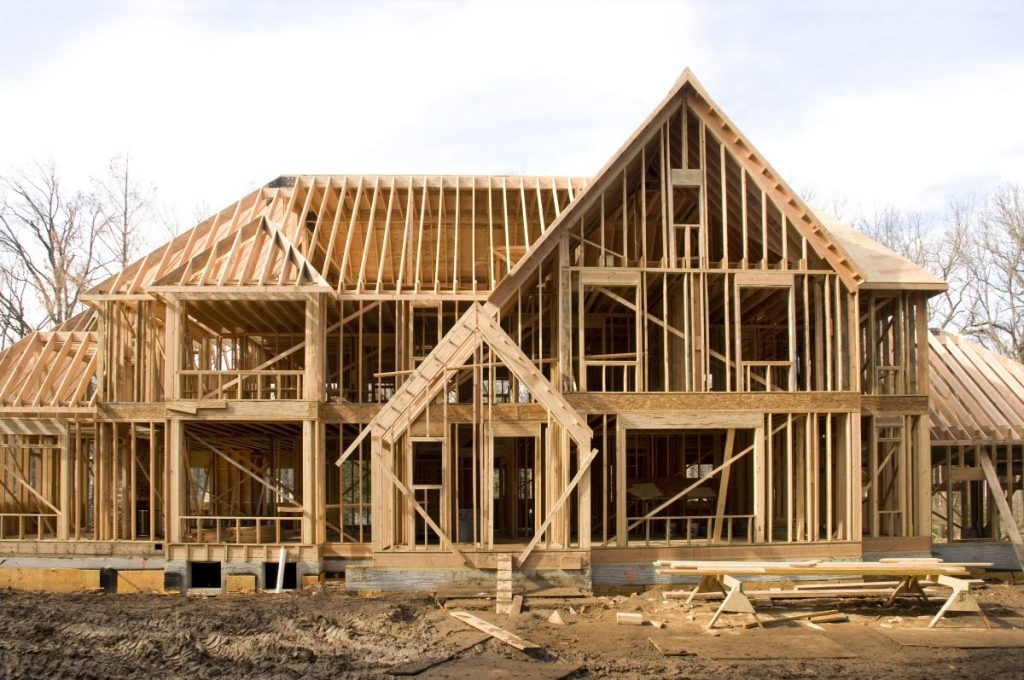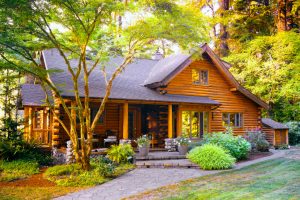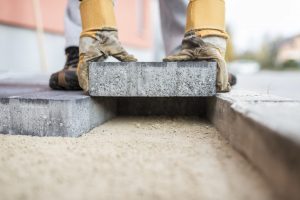Traditionally, materials like wood, concrete, and earth bricks were used in construction. These materials helped us build better homes and commercial spaces. However, sourcing these materials have destroyed the environment. For instance, large green areas are cut down for timber. Similarly, mining is done extensively for cement and sand. These have taken a toll on the environment. We need to now look for alternatives that can help reduce the damage caused by construction activities. Luckily, we already have many options to choose from. The alternative materials are sustainable and green. This means they don’t harm the environment. Learn about sux materials that are way better than concrete and other traditional building materials.
1. Straw Bales
They are an excellent framing material. They can be used to create the home walls and replace concrete, wood, and other framing materials. You can have your windows and doors fitted between the straw bale frame easily. You can also carry out custom-designed commercial window treatments and cleaning easily without damaging the frame. Straw bales act as an insulating material and provide high levels of protection from heat and cold. They are also affordable and can be re-planted easily.
2. Reclaimed Wood
Instead of using new wood, you can choose reclaimed wood for your next construction project. Reclaimed wood can be easily sourced from shipping crates, contractors, and retired barns. It can be used similarly to standard wood. It can form the house’s frame, interior walls and is used for making furniture and flooring.
Since wood is susceptible to degradation over time and is also attacked by insects, you might need to treat the wood or provide reinforcement to maintain its strength and durability.
3. Reclaimed Steel
Similar to reclaimed wood, you can use reclaimed steel instead of regular steel for construction activities. Using steel in place of wood helps improve the durability and strength of the structure. The structure is more resistant to earthquakes and winds when it is made of a steel frame.
Steel is also better than wood from an environmental point of view as according to research, you need up to 50 trees to build a 2,000-square-foot house. A frame made from recycled steel requires the steel-equivalent of just six scrapped cars. Steel is also a hundred percent recyclable, meaning it can drastically reduce the environmental impact of new construction.
4. Cork
When it comes to flooring, cork can prove to be an excellent alternative to wood. Cork is harvested from the bark of the trees, but the process doesn’t damage the tree. Also, cork grows quickly, meaning it can be harvested often.
Cork is highly resilient to pressure, highly flexible, has a high degree of resistance to wear and tear, has hypoallergic properties, fire resistance, and excellent sound-absorbing material. All these qualities make cork excellent flooring material when compared with wood. Hence, it should come as no surprise that cork is widely used in personal and commercial spaces in recent years.
5. Mycelium
It is a natural building material that can be used to create bricks and other components. Mycelium is a unicellular organism found in the roots of fungi and mushrooms. When combined with pasteurized sawdust, it can be molded into any shape. It is most commonly used for making lightweight yet sturdy bricks. Mycelium bricks are more substantial than concrete bricks. Similarly, it can be used to make Myco-board, similar to medium-density fiberboard, but without hazardous formaldehyde in the glue.
Mycelium can withstand high temperatures and prove to be a good home insulation material. It can replace Styrofoam or concrete as an organic alternative.

6. Bamboo
Bamboo is a material that has gained popularity as a sustainable alternative in recent years. It is one of the best eco-friendly materials to use in construction activities. Bamboo can easily be planted and harvested and grows quickly. However, bamboo is perennial and also doesn’t grow in Europe or the United States.
Bamboo can be used as flooring or to form the exterior frame of the structure. It can also be used to make the roof of the structure. Bamboo has a greater compression strength, is highly durable, and lasts long. However, it is also susceptible to rot and insects. It would be best if you treated the bamboo to prevent any insect infestation. Also, make sure that it doesn’t come in contact with water for long, continuous periods.
Many other eco-friendly materials can be used in construction. Depending upon the availability, cost, and reliability, you can either use these or other eco-friendly materials for your next construction project. After all, it’s our responsibility to protect the planet in any which way we can.






